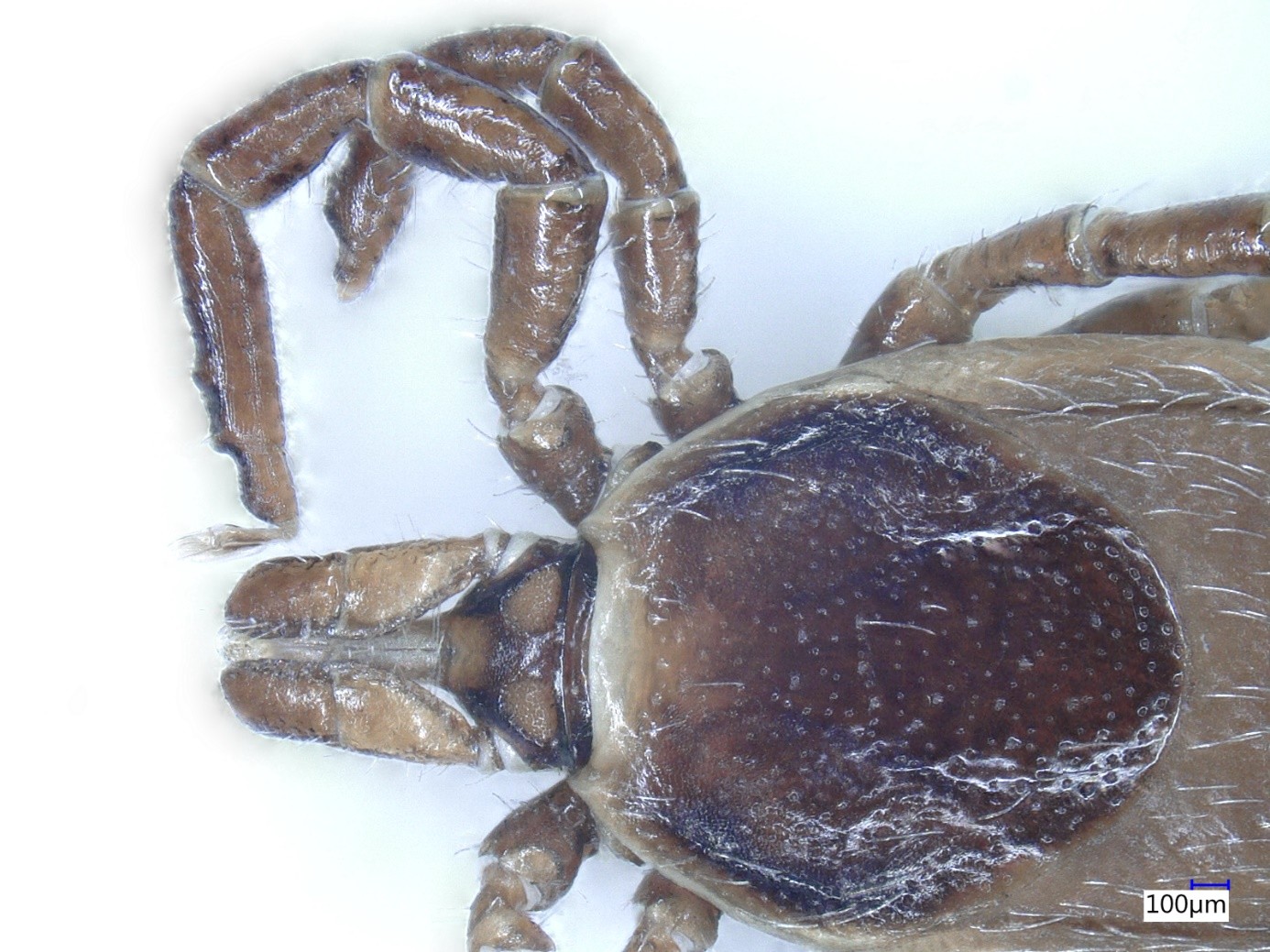Breakthrough in Mosquito Control: New Eco-Friendly Technology Offers More Effective Protection
Researchers from the HUN-REN Research Centre for Natural Sciences (HUN-REN RCNS), in collaboration with colleagues from Eötvös Loránd University (ELTE) and the Bay Zoltán Research Institute, have developed a new carrier material for biological mosquito control that is significantly more effective than previous solutions. The new material not only enhances the effectiveness of larvicides but is also environmentally friendly.
Mosquito control is becoming an increasingly pressing issue in Hungary – not only due to the nuisance of bites, but also because of the emergence of new mosquito species capable of transmitting serious diseases.
The most common method of mosquito control during the summer months is chemical spraying. However, the insecticides used in these treatments kill not only mosquitoes but also many beneficial organisms, such as bees, leading to serious ecological damage. Researchers are therefore focusing on the development of selective biological agents that target only mosquito larvae – an approach known as biological mosquito control.
One of the main challenges of biological mosquito control is delivering the active ingredient to the right location. Larvicides must be applied to relatively small areas, which are often covered with dense vegetation. As a result, it can be difficult for the substance to reach the water surface, where mosquito larvae feed and where the agent needs to act.
As a solution, these active substances are fixed onto some kind of granulate – for example, sand or plastic – but this method also involves several difficulties. Sand grains, which are often used and are natural materials, can damage plants with their sharp edges, and they sink to the bottom too quickly, meaning the insecticide cannot remain on the surface long enough to be effective. Plastic carriers, which are also commonly used, eliminate this latter problem – as they float on the surface for a long time due to their low density – but, like chemical insecticides, they are harmful to the environment. Ice pellets made from special proteins also offer a good solution, but their rapid melting limits their use – particularly in warmer climates, where mosquito concentrations are typically high.
Led by László Kótai, researchers at the HUN-REN Research Centre for Natural Sciences – together with colleagues from ELTE’s Institute of Chemistry, Institute of Physics and Astronomy, and the Bay Zoltán Research Institute – are now working on a new, environmentally friendly and highly effective carrier granulate.

According to the researchers, this method holds significant potential for protecting Hungary’s natural waters – especially high-value sites such as Lake Balaton, Lake Velence, and Lake Fertő, which are also important for tourism.

